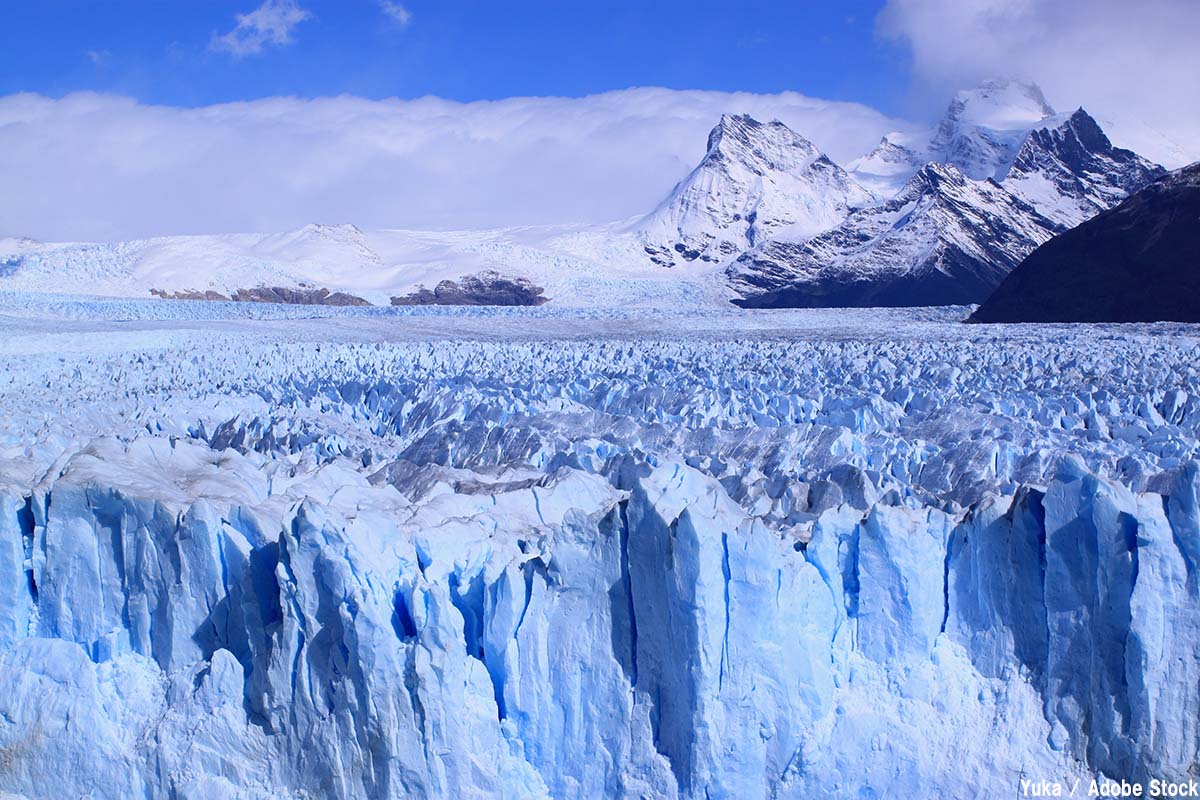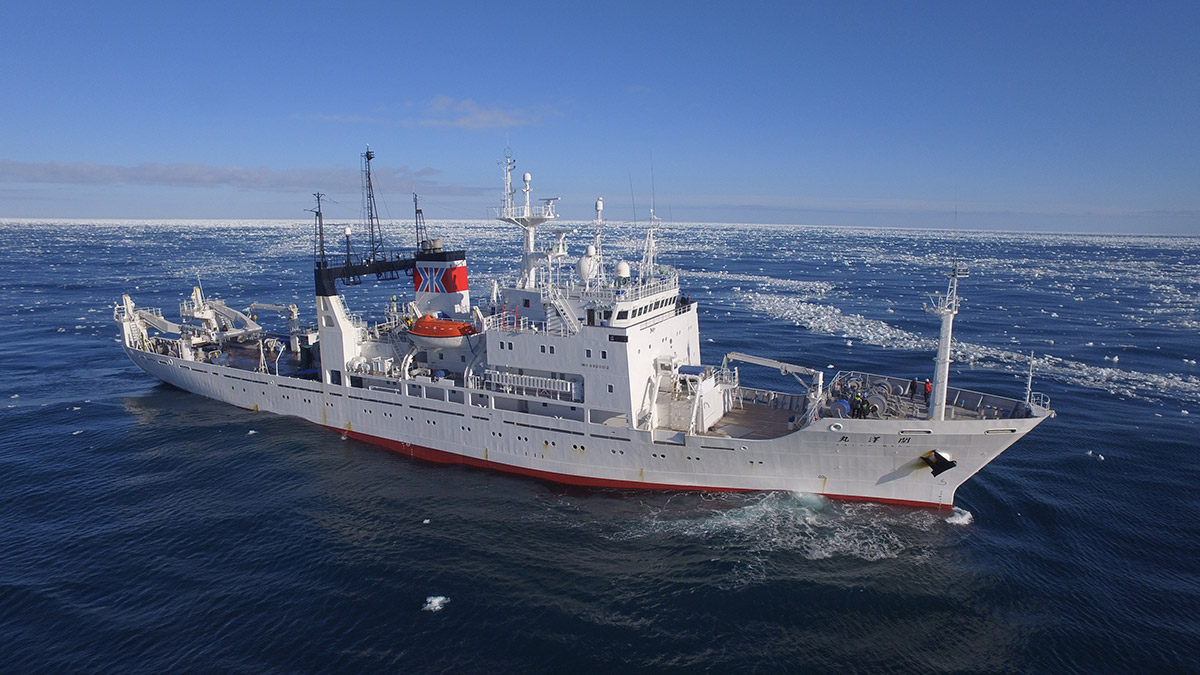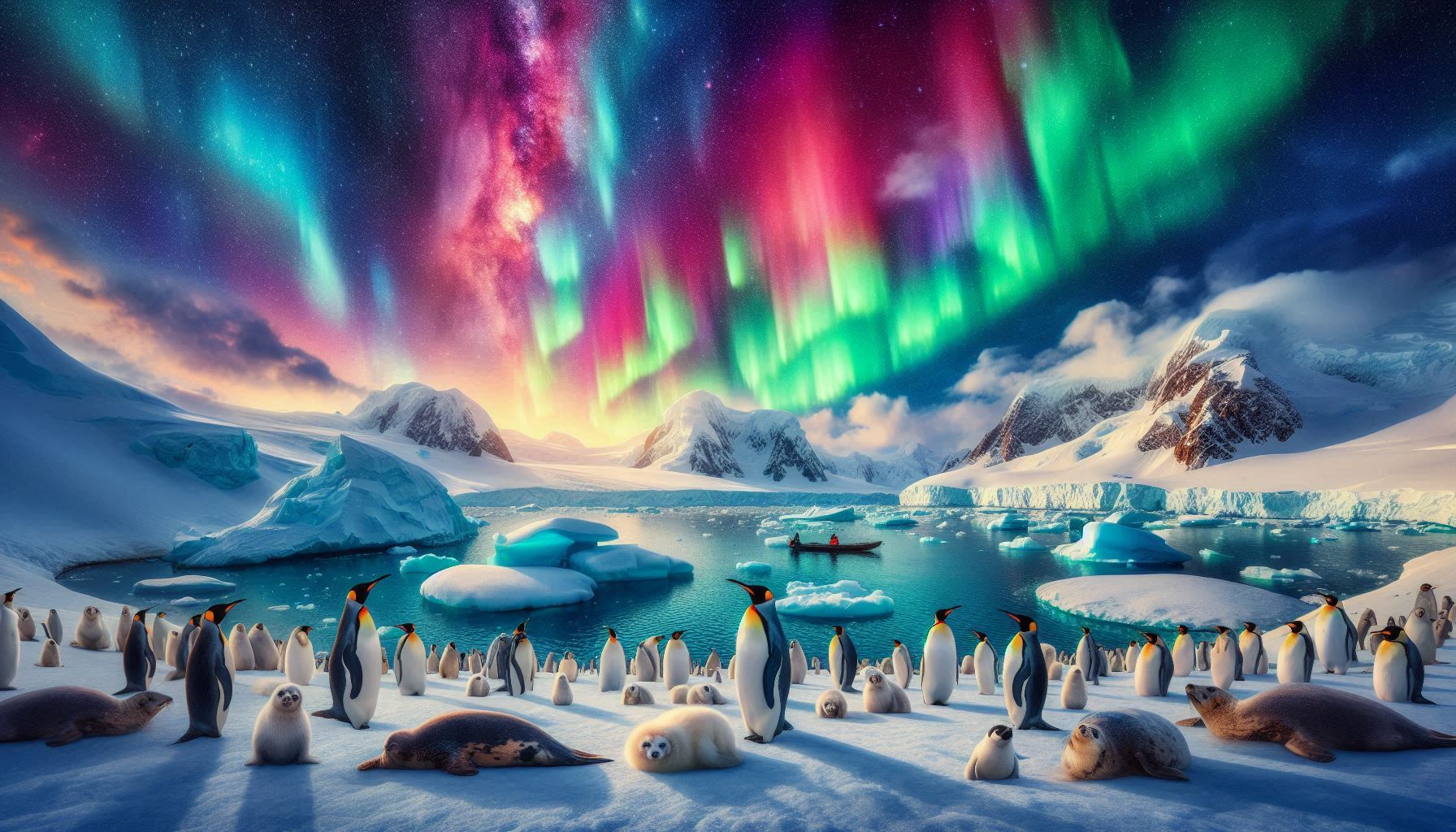While researching continents, the topic of Antarctica came up. Antarctica is the fifth largest continent, about twice the size of Australia, and nearly 98% of it is covered in ice. Antarctica is also the coldest place on Earth, with the lowest directly recorded temperature being -89.2°C, and a satellite infrared analysis measuring -111.2°C. The unique environment of Antarctica seems to nurture a unique ecosystem, and despite the extreme conditions, it is said to have a high level of biodiversity. The creatures in Antarctica are amazing.
Thick layer of ice
The snow that has been falling for 30 million years has not melted and formed a 1000-2000m thick layer of ice, which contains about 90% of the Earth’s ice and 70% of the Earth’s fresh water. The unmelting ice also seems to have the role of trapping and preserving many things, preserving air bubbles from hundreds of thousands of years ago and huge lakes such as Lake Vostok in a sealed state for hundreds of years. A considerable number of microorganisms and new species of microorganisms have been discovered in these lakes, which appear to have eaten methane and prevented it from being released into the air.
Antarctic plants
In addition to the strong winds and the lowest ground temperatures, it is also an extremely dry region with an annual rainfall of just a few centimeters, and it experiences midnight sunshine in December and polar nights in June when the sun never sets. Even in such an environment, flowers seem to bloom, such as Antarctic Messeng, which has small flowers of the grass family, and Antarctic Green Dianthus, which has yellow flowers. It is amazing that they can withstand the intense ultraviolet rays of the Antarctic summer, endure the dryness, and photosynthesize at sub-zero temperatures to bloom.

Other than that, the main vegetation seems to be algae, mosses, and lichens, but while many plants photosynthesize using visible light, an alga called Antarctic algae seems to photosynthesize using infrared light. They grow in clusters to form colonies, with the surface layer acting as a parasol against ultraviolet light, and in the shaded lower layer, they use the infrared light that passes through the surface layer to carry out stable photosynthesis. It’s an incredible strategy for survival in such an extreme environment.
marine ecosystem
Compared to the harsh land, the Antarctic Ocean is rich in nutrients and has a high level of biodiversity. The seawater that rises from the deep sea to the surface after hitting the Antarctic continent passes through the bottom of the oceans of the world, so nutrients are not consumed, and this nutrition allows for a large amount of phytoplankton to exist. In addition, Antarctic krill live in such large numbers that it is said to be the largest organism on Earth, and they support the ecosystem by providing food for penguins, fur seals, leopard seals, whales, seabirds, and other creatures. As a single species, Antarctic krill is said to be one of the most prosperous organisms. Antarctic krill are amazing.

Also, there are special fish in the Antarctic that can survive in extremely low temperatures. Among icefish, which store antifreeze proteins in their blood and have bodies that do not freeze, the Japanese icefish has transparent blood because it does not have red blood cells. Oxygen is transported by plasma and absorbed through the skin.

Antarctica is amazing
In addition, Antarctica has many unique environments, such as the Antarctic Aurora, which can be seen in March and September, active volcanoes such as Mount Erebus, and a special high-temperature ecosystem called hydrothermal vents on the seafloor. Antarctica is difficult to investigate due to its environment, so there are still many mysteries that remain to be solved, but the mystery of the ecosystem in Antarctica is amazing. Antarctica is amazing. The diversity of the Earth is amazing.


